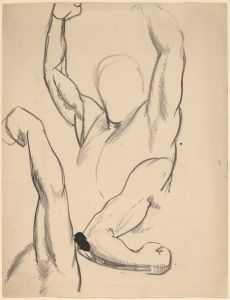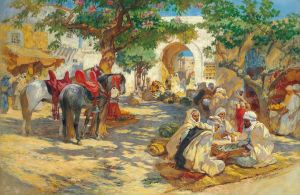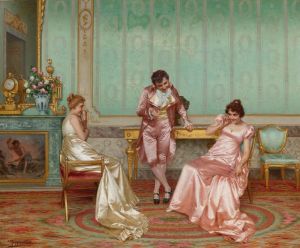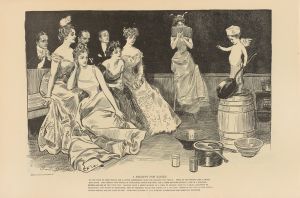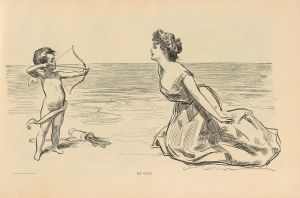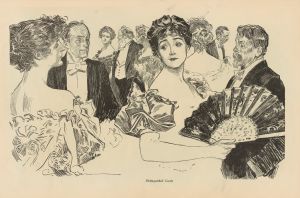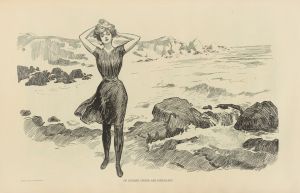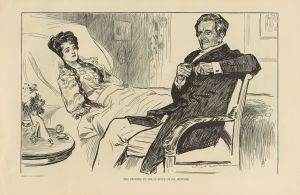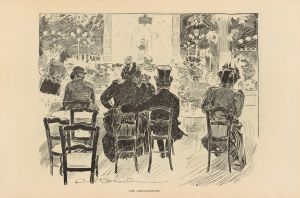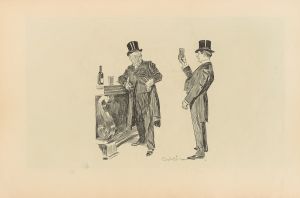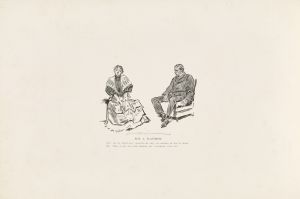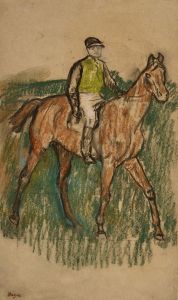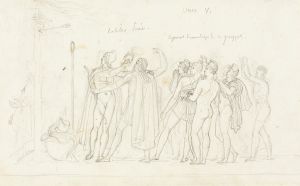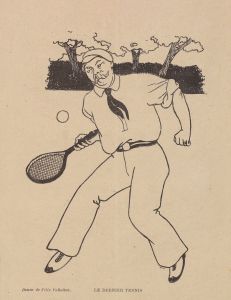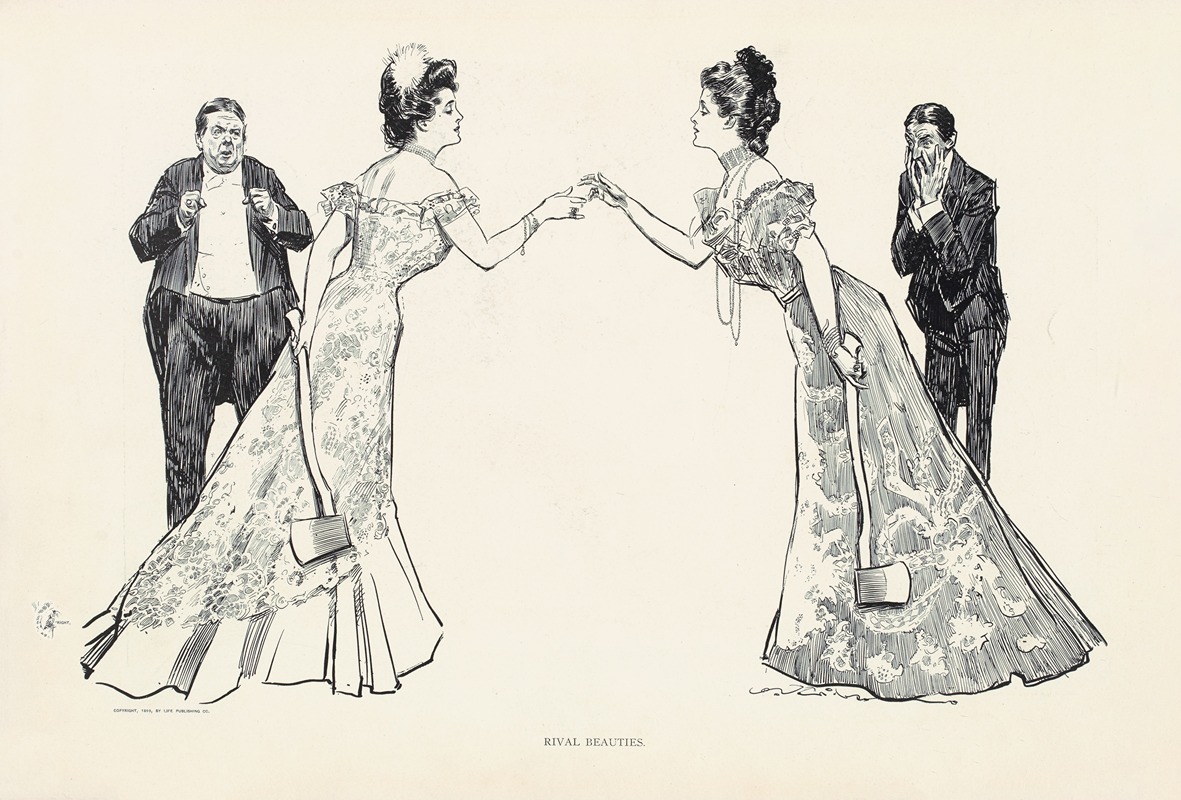
Rival beauties
A hand-painted replica of Charles Dana Gibson’s masterpiece Rival beauties, meticulously crafted by professional artists to capture the true essence of the original. Each piece is created with museum-quality canvas and rare mineral pigments, carefully painted by experienced artists with delicate brushstrokes and rich, layered colors to perfectly recreate the texture of the original artwork. Unlike machine-printed reproductions, this hand-painted version brings the painting to life, infused with the artist’s emotions and skill in every stroke. Whether for personal collection or home decoration, it instantly elevates the artistic atmosphere of any space.
Charles Dana Gibson was an influential American illustrator, best known for his creation of the "Gibson Girl," an iconic representation of the American woman at the turn of the 20th century. One of his notable works is "Rival Beauties," which exemplifies his distinctive style and thematic focus.
"Rival Beauties" is a black-and-white illustration that captures the essence of Gibson's artistic vision. The artwork typically features two women, often depicted in a social setting, engaged in a subtle competition of beauty and charm. This theme of rivalry among women was a recurring motif in Gibson's work, reflecting societal attitudes and the cultural milieu of the time.
Gibson's illustrations were characterized by their detailed line work and the ability to convey complex social dynamics with simplicity and elegance. In "Rival Beauties," he uses these techniques to explore themes of femininity, social status, and the nature of beauty. The women in his illustrations are often portrayed with a sense of grace and poise, embodying the idealized standards of beauty prevalent during the late 19th and early 20th centuries.
The "Gibson Girl," as seen in "Rival Beauties," was more than just an artistic creation; she became a cultural phenomenon. She represented a new type of American woman—independent, confident, and socially active. This image resonated with the public and influenced fashion, hairstyles, and social norms. The Gibson Girl was often depicted in fashionable attire, with an hourglass figure and an air of self-assuredness, setting a standard for beauty and behavior that many women aspired to.
"Rival Beauties" and other works by Gibson were widely published in popular magazines of the time, such as Life, Harper's Weekly, and Scribner's, reaching a broad audience and cementing his status as a leading illustrator of his era. His work not only entertained but also provided commentary on the changing roles of women in society, as they began to seek greater independence and opportunities.
Gibson's influence extended beyond illustration; he played a significant role in shaping the visual culture of his time. His depictions of women contributed to the evolving discourse on gender and identity, reflecting both the aspirations and the constraints faced by women in the early 20th century.
In summary, "Rival Beauties" by Charles Dana Gibson is a quintessential example of his artistic style and thematic interests. Through his detailed and expressive illustrations, Gibson captured the complexities of social interactions and the evolving role of women in society. His work remains a valuable historical artifact, offering insights into the cultural and social dynamics of his time.





